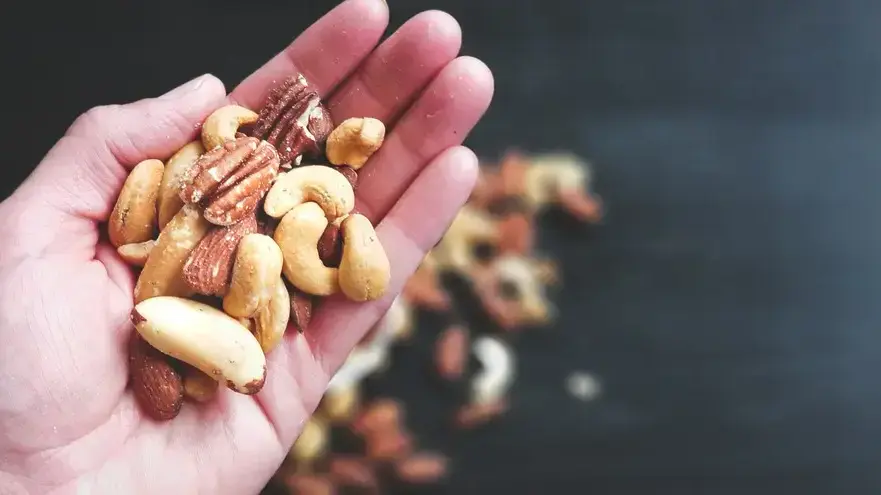The NGO Générations avenir is preparing a new inventory of pesticide residues in fruit and vegetables consumed in France, through an overview of commodities with the highest rates. A way for her to keep French consumers informed about the presence of pesticides on their plates.
Once again, the Générations Futures association is interested in the presence of pesticides on our plates. Some 19 fruits and 33 vegetables consumed in France were screened in the 2019 study, originally published in June.
To do this, Future Generations has used the figures of the surveillance plans published by the fraud control (DGCCRF) between 2012 and 2016, and their analyzes on at least thirty samples for each of the commodities analyzed.
In the end, it obtains pesticide residue levels for fruits and vegetables selected over the five years, as well as percentages of exceedance of Maximum Residue Limits (MRLs).
Almost always present in grapes ...
For the nineteen fruits analyzed, grapes are at the top of this ranking. Between 2012 and 2016, 89% of the samples showed traces of quantifiable pesticide residues, within the allowed limits.
You can find the percentages for the 19 fruits analyzed in our infographic below:
Grapes are slightly more than clementines / mandarines (88.4%) and slightly more than one point than cherries (87.7%). According to data published by Future Generations, in 2016 all clementine / mandarin samples had traces of pesticides.
It should also be noted that, with respect to MRL overruns, 6.6% of cherries were above the authorized limits.
... and in the celery branch
In the case of vegetables, the bad students are celery bough (84.6%), fresh herbs (74.5%) and endives (72.7%).
Future generations have high pesticide rates above the MRL for fresh herbs (29.4%).
Overall, there are traces of pesticides within the limits allowed in 72.6% of the fruits analyzed. This is 30% more than in vegetables (41.1%).
Increasing mistrust
This study echoes French concerns about pesticides, especially glyphosate. Some mayors even went on a crusade to ban them in their commune.
In an IFOP survey conducted in 2017 for the environmental organization WWF, 93% of French considered that the presence of pesticides in their food impacts their health. 89% of them also wanted to be informed about the presence or absence of pesticides in food products through labeling.
That same year, eight out of ten French people also voted in favor of banning glyphosate, the most widely used herbicide in the world, whose registration was renewed until 2022 in Europe.
Share this article
Pesticides. What are the fruits and vegetables that contain the most in France? West-France.frENLARGE








